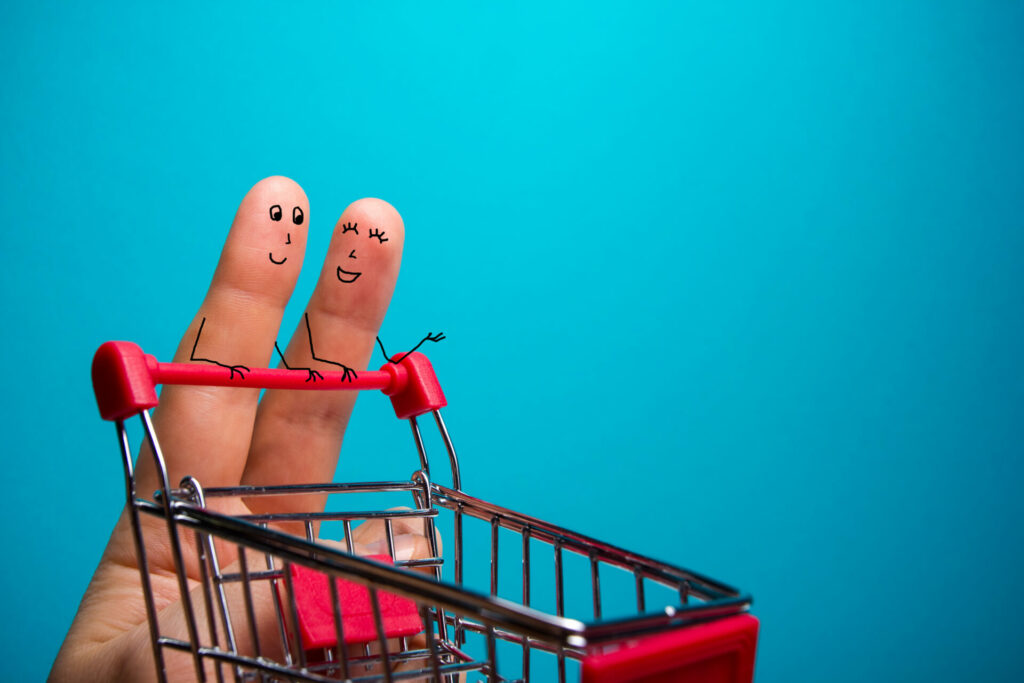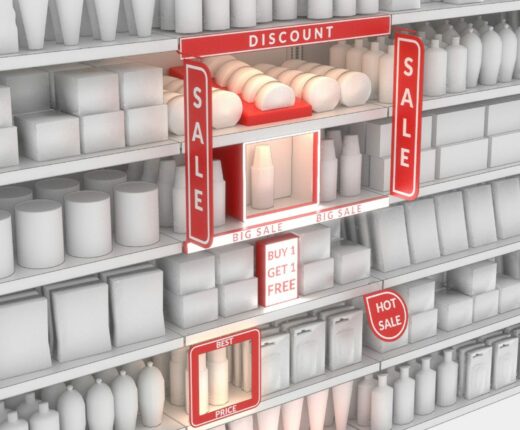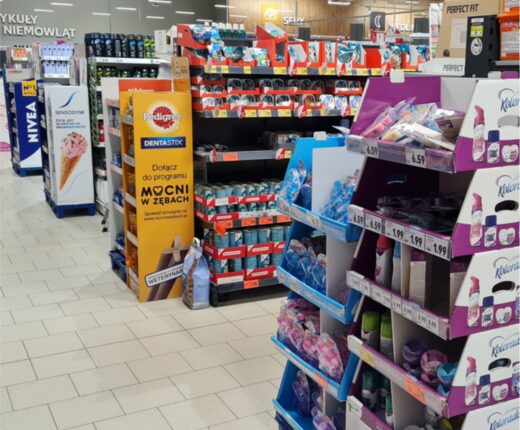Customer shopping behaviour and the rules that govern it are a topic that cause many sleepless nights of managers, merchandisers, and other retail professionals. That is because the customer is a strange animal – intelligent and individualistic yet governed by patterns that often resemble algorithms. Deciphering these algorithms is the Holy Grail of retail – whoever understands exactly what sits in a shopper’s head will win the race to their wallet.
Researchers on the topic have divided consumer behaviour into groups, which they have termed ‘modes’.
Although different teams of professionals call these modes differently, the essence remains similar in all cases. Each mode defines what the client expects and what influences their actions.

Highway mode
This figurative name, introduced by the Slovenian consulting firm Omnibus (you will find a list of consumer behaviour publications at the end of this post), means nothing more than a kind of autopilot that takes over when we visit a shop for our daily routine purchases.
In this mode, we move quickly from point A to point B in order to gather as quickly as possible the products from the shopping list we have prepared in advance (no matter whether physically or mentally). We want the whole operation to run as quickly as possible, and we are not focused on enjoying the shopping experience.
In this mode, we are reluctant to succumb to external stimuli such as promotions, tastings, etc. They are all seen as obstacles to achieving the goal as quickly as possible. Nevertheless, there is an opportunity for cross-selling, because when queuing at the checkout or meat counter, we are willing to add something to the basket that we had not planned. But be careful, because with every moment of waiting, customer irritation builds up, which can lead to a feeling of dissatisfaction with the overall shopping experience!
According to Slovenian researchers, approximately 60% of all visits to retail outlets fall into this category. The categories most frequently purchased in highway mode are everyday products such as bread, butter (or margarine), drinks, cheese, cold cuts, coffee and the like. As a rule, we reach for known and proven brands and are reluctant to experiment.
This is important from the point of view of category leaders, who should be wary of changing where their products are displayed in-store and avoid radical changes in packaging design.
Discovery mode
In this shopping mode, we are open to novelty because we are in the mood to discover new things. We are able to focus on one product for a longer period of time or are more willing to search a category for something that catches our eye.
The discoverer wants to make a purchase, but doesn’t quite know what product, brand or solution they are after. They want to fulfil their need, even though he or she often does not fully know how to define it. It is the impulse that counts.
This kind of shopping behaviour is often triggered in those areas of the shop where seasonal products are displayed.

Emotion mode
When we shop in this mode, we are looking for something positive. A visit to the store should be a pleasant experience for us. it should provide a shot of endorphins generated, for example, by interacting with premium products.
In this mode, it is important to have a narrative made up of smells, tastes, words, colours… This mix of stimuli attacking our senses awakens emotions and creates an enjoyable experience. It is also the mode in which we take the child to the shop to spend time shopping together. It is a form of entertainment for us.
For this reason, we respond well to all kinds of conspicuous advertising, are keen to attend tastings and pay attention to the store decorations. We are also more likely to drink coffee while shopping. We have written a post about this: https://perfecta-retail.com/the-impact-of-coffee-on-shopper-experience/
Also, what’s important here is the sense of aspiring to something more, of trying to realise the dream of some other version of ourselves.
This mode is particularly important from the point of view of merchandisers and retail managers, as the products that are chosen by customers representing this consumer behaviour generally offer the highest margins.
Important notice
This is what researchers and specialists have found when thinking about consumer behaviour. Of course, one must consider that this is only a great simplification – a tool to help us understand what drives people when they shop. We must remember that people are not machines; their behaviour cannot be accurately described by an equation, especially as shoppers can ‘switch’ between modes during a single visit.
Despite this, there is certainly “something to it”, so I will be taking a more conscious look at the modes in which I shop from now on. If I discover a new mode – I will certainly let you know!
Sources:
1. “Modes of Shopping Behaviour”, https://www.omnibus.si/shopper-insight/modes-of-shopping-behaviour/
- “Nielsen IDs Consumer Shopping Modes” https://retailwire.com/discussion/nielsen-ids-consumer-shopping-modes/
- Retail Wrap-Up 2020: Shopper modes are the new purchase channels https://callahan.agency/five-shopper-modes-that-drive-consumer-spending/




